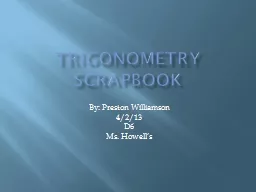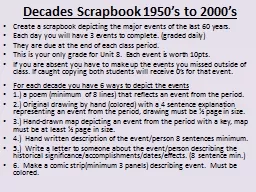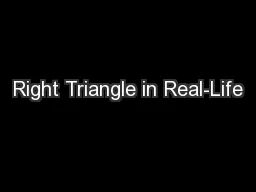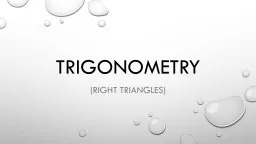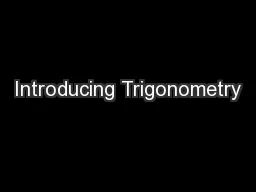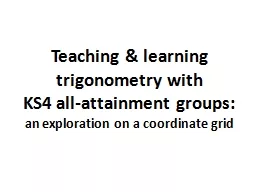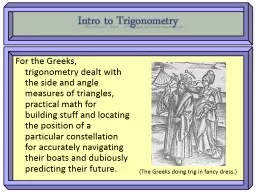PPT-Trigonometry Scrapbook
Author : briana-ranney | Published Date : 2016-11-12
By Preston Williamson 4213 D6 Ms Howells Table of Contents Page 1 Parallel Lines Page 2 Two Congruent Objects Page 3 Vertical Angles Page4 Perpendicular Lines Page
Presentation Embed Code
Download Presentation
Download Presentation The PPT/PDF document "Trigonometry Scrapbook" is the property of its rightful owner. Permission is granted to download and print the materials on this website for personal, non-commercial use only, and to display it on your personal computer provided you do not modify the materials and that you retain all copyright notices contained in the materials. By downloading content from our website, you accept the terms of this agreement.
Trigonometry Scrapbook: Transcript
Download Rules Of Document
"Trigonometry Scrapbook"The content belongs to its owner. You may download and print it for personal use, without modification, and keep all copyright notices. By downloading, you agree to these terms.
Related Documents

